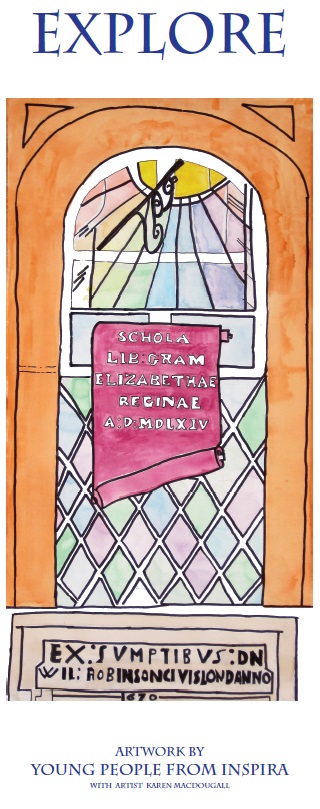Medieval to Tudor
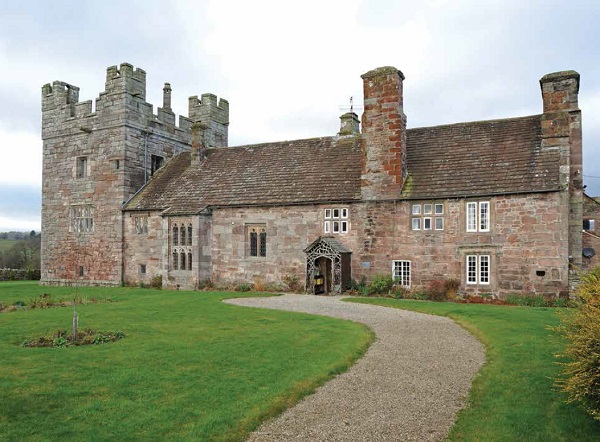
Yanwath Hall
Val Corbett
After the Norman Conquest, Cumbria was divided into baronies, each centred on a castle that acted as the seat of power and control. Penrith was outside this baronial framework as it was situated within the huge Royal Forest of Inglewood that stretched south from Carlisle to the River Eamont.
A goodly great forest, full of woods, red deer and fallow,
wild swine, and all manner of wild beests.
Cartulary of Holme Cultram Abbey, c.1150
When Edward I seized the ‘Honor of Penrith’ in 1295, he unleashed waves of retributive Scottish attacks on English property for the next three centuries.
This was a period when many houses were fortified and pele towers built as places of refuge. Hutton Hall in Penrith incorporates a late 14th century pele tower behind its Georgian façade. Other pele towers can be seen at Clifton, Yanwath and Hutton-in-the-Forest.
The medieval layout of Penrith reflects those troubled times, with open spaces into which cattle and goods could be brought for safety, and narrow lanes that could be easily barricaded in times of trouble.
In the 14th century William Strickland, who later became Bishop of Carlisle, was credited with improving Penrith’s supply of running water by cutting a channel from the River Petteril to Thacka Beck. Only so much water as would pass through the ‘eye’ of a millstone could be taken from the river. He also straightened the channel of Thacka Beck as can be seen behind Penrith Museum on Middlegate.
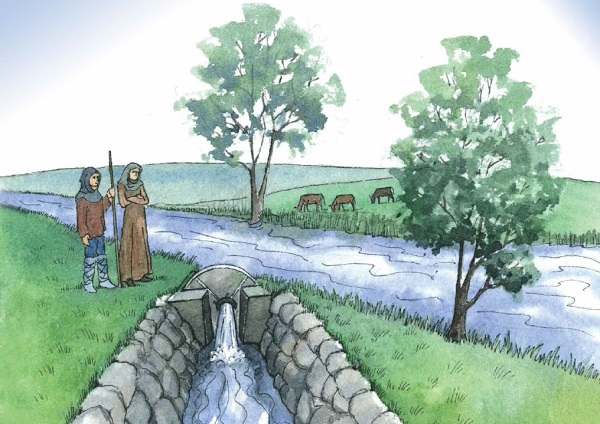
Reconstruction of the millstone at the point where water was taken from the River Petteril to join Thacka Beck
Juliet Whitworth
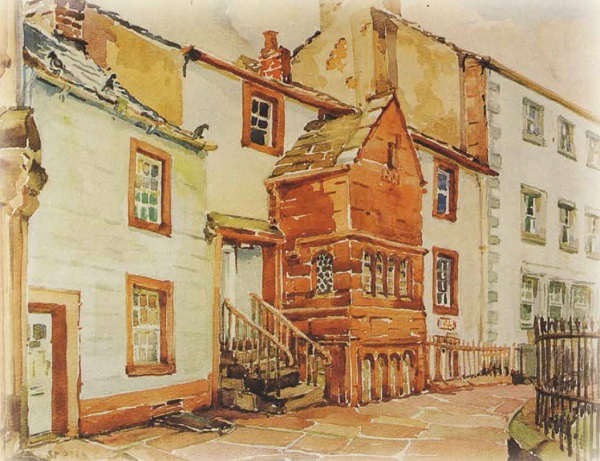
Roger Bartram’s house
Watercolour by Stella Platt Penrith and Eden Museum
The oldest domestic building in Penrith is Roger Bartram’s house in St Andrew’s Place. This Tudor house dates from 1563 and later became Dame Birkett’s School (attended by William Wordsworth as a child).
The Gloucester Arms (previously Dockray Hall) is another early building, dating from around 1470, but rebuilt in Elizabethan times by the de Whelpdale family. It is believed that Richard, Duke of Gloucester, resided at Dockray Hall in the 1470s whilst alterations were made to the castle that was to become his base whilst he was Warden of the Western March.
The Whelpdale coat of arms includes three greyhounds that are a visual pun on the family surname – a ‘whelp’ being a medieval name for a ‘hound’.
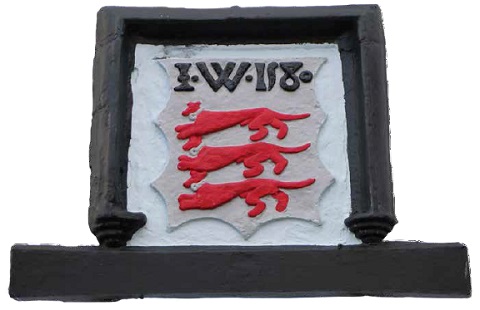
Coat of arms of de Whelpdales with datestone
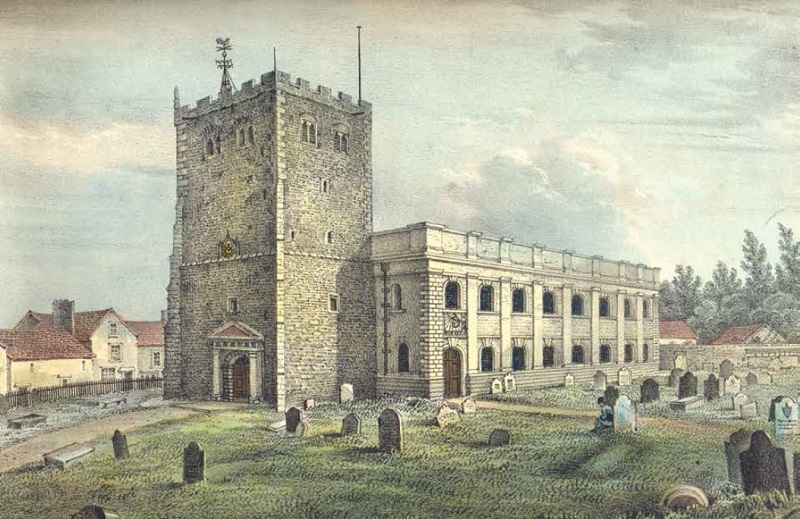
St Andrew’s Church, Penrith
Cumbria County Council (Carlisle Library)
No records exist as to when St Andrew’s Church in Penrith was first built, but the church was given to the Bishop of Carlisle on creation of the Diocese in 1133. Originally there were two aisles and altars − one dedicated to St Mary; the other to St Andrew. By the early 18th century, the church was in a ruinous condition, so the nave and chancel were rebuilt in 1720-22 to provide spacious and elegant accommodation for the town’s growing congregation. The medieval west tower is all that remains of the old church.
The church is now dedicated solely to St Andrew, the patron saint of Scotland.


